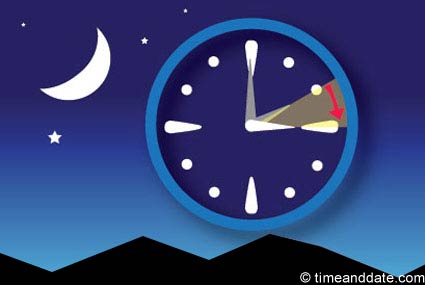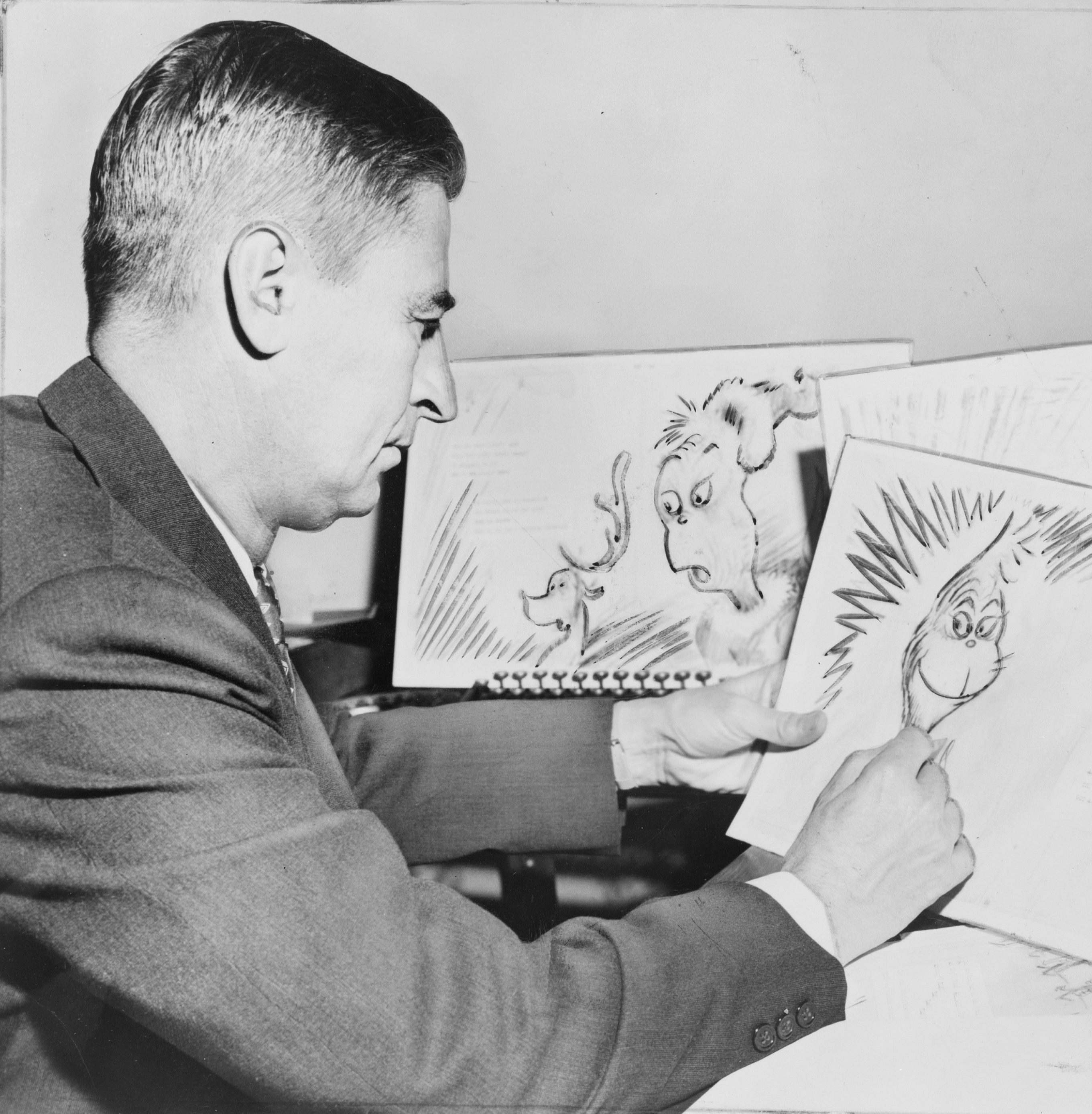The Mariner's home opener is only two weeks away. Although I don't think they are as good as previous years, here's a sample of their new 2011 commercials:
Friday, March 25, 2011
it's almost that season . . .
The Mariner's home opener is only two weeks away. Although I don't think they are as good as previous years, here's a sample of their new 2011 commercials:
Wednesday, March 16, 2011
balls . . .
Instead of the ever present (and a bit strange, in my opinion) cake balls, I made brownie balls. For St. Patrick's Day. I've also seen them referred to as brownie (and cake) pops, but it's just more fun to say balls. I made Dan take them to work because I couldn't resist eating them.
Sunday, March 13, 2011
What is Daylight Saving Time?

Daylight Saving Time (or summertime as it is called in many countries) is a way of getting more light out of the day by advancing clocks by one hour during the summer. During Daylight Saving Time, the sun appears to rise one hour later in the morning, when people are usually asleep anyway, and sets one hour later in the evening, seeming to stretch the day longer.
Why Observe DST?
Many countries observe DST, and many do not. The reason many countries implement DST is in hopes to make better use of the daylight in the evenings, as well as some believe that it could be linked to reducing the amount of road accidents and injuries. The extra hour of daylight in the evening is said to give children more social time with friends and family and can even boost the tourism industry because it increases the amount of outdoor activities.
DST is also considered as a means to save energy due to less artificial light needed during the evening hours—clocks are set one hour ahead during the spring, and one hour back to standard time in the autumn. However, many studies disagree about the energy savings of DST and while some may show a positive outcome of the energy savings, others do not.
It is difficult to predict what will happen with Daylight Saving Time in the future. The daylight saving date in many countries may change from time to time due to special events or conditions.The United States, Canada and some other countries extended DST in 2007. The new start date is the second Sunday in March (previously the first Sunday in April) through to the first Sunday in November (previously the last Sunday in October).
Did You Know?
- Russia reduced their number of time zones from eleven to nine and are considering getting rid of daylight saving time in 2011.
- Egypt changed their clocks four times last year, which means that they observed DST twice in 2010.
- The United Kingdom may switch to Single Double Summer Time, which would move the UK to UTC+1 in the winter time and UTC+2 during the summer time.
- Northern Mexican border cities share the same DST plan as the United States rather than most of Mexico.
Is DST always one hour ahead of normal time?
Today it is almost always one hour ahead, but throughout history there have been several variants on this, such as half adjustment (30 minutes) or double adjustment (two hours), and adjustments of 20 and 40 minutes have also been used. A two-hour adjustment was used in several countries during the 1940s and elsewhere at times.
A half adjustment was sometimes used in New Zealand in the first half of the 20th century. Australia's Lord Howe Island(UTC+10:30) currently follows a DST schedule that moves its clocks forward half an hour to UTC+11, which is Australian Eastern Daylight Time (AEDT) when it is on DST.
(from timeanddate.com)
Sunday, March 6, 2011
what my Saturday nights have been reduced to . . .
Paging through a cookbook last night, I saw a recipe for play dough. I loved making play dough when I was younger. All kinds of colors. Since I had nothing better to do with my Saturday evening, I made four batches.
Think I need to add purple and orange next.
It's very easy to make and takes only a few minutes. Here's the recipe:
1 cup flour
1/2 cup salt
1 T oil
1 tsp cream of tartar
1 cup water
food coloring
Mix all ingredients together. Cook over medium heat, stirring constantly until dough forms a ball. Remove and let cool.
Think I need to add purple and orange next.
It's very easy to make and takes only a few minutes. Here's the recipe:
1 cup flour
1/2 cup salt
1 T oil
1 tsp cream of tartar
1 cup water
food coloring
Mix all ingredients together. Cook over medium heat, stirring constantly until dough forms a ball. Remove and let cool.
Wednesday, March 2, 2011
Happy Birthday Dr. Seuss

from All About Dr. Seuss, catinthehat.org
Theodor Seuss Geisel, better known to the world as the beloved Dr. Seuss, was born in 1904 on Howard Street in Springfield, Massachusetts. Ted's father, Theodor Robert, and grandfather were brewmasters in the city. His mother, Henrietta Seuss Geisel, often soothed her children to sleep by "chanting" rhymes remembered from her youth. Ted credited his mother with both his ability and desire to create the rhymes for which he became so well known.
At the time of his death on September 24, 1991, Ted had written and illustrated 44 children's books, including such all-time favorites as Green Eggs and Ham, Oh, the Places You'll Go, Fox in Socks, and How the Grinch Stole Christmas. His books had been translated into more than 15 languages. Over 200 million copies had found their way into homes and hearts around the world.
Besides the books, his works have provided the source for eleven children's television specials, a Broadway musical and a feature-length motion picture. Other major motion pictures are on the way.
His honors included two Academy awards, two Emmy awards, a Peabody award and the Pulitzer Prize.

5: Dr. Seuss rhymes with another epic figure in children's literature: Mother Goose. Coincidence? No. That's why he chose it.
4: When presenting the dialogue for the magicians in Bartholomew and the Oobleck, Seuss employed the use of trochees (or chorues) which presents text in an alternating pattern of stressed and unstressed syllables ("Shuffle, duffle, muzzle, muff". The techique was also used by Shakespeare with his cauldron stirring witches in Macbeth (Toil! Toil!), by Poe in his poem The Raven and often in nursery rhymes.
3: After his career as a children's author/illustrator began, Geisel worked as an editorial cartoonist in New York during World War 2, which illustrated his rabid anti-fascism views. They were also collected in a book called Dr.Seuess Goes to War, with an introduction by Art Spiegleman. Suess also wrote several WW2-era propaganda films.
2. Theodore Geisel wrote children's books under a trio of pen names: Dr. Seuss, which was reserved for the books he both wrote and illustrated; as Theo LeSeig, for books that he wrote without illustrating; and as Rosetta Stone, for one book he penned called Because a Little Bug Went Ka-choo!
1: Dr. Seuss' The Cat in the Hat was born as a response to an article which was published in Life Magazine in 1954. The piece criticized American school primers as intensely boring, unchallenging to readers and responsible for causing harm to children's literacy. The article called for more primers to up the excitement by energizing the language and including drawings like those of "imaginative geniuses among children’s illustrators, Tenniel, Howard Pyle, Theodor S. Geisel." Using the piece as a call to action, Geisel and his publisher came up with a list of 400 "exciting" words, which Seuss than narrowed down for the book, and included 13 more of his own. The final product is 1626 words in length and uses a total vocabulary of 236 words.
Subscribe to:
Posts (Atom)

